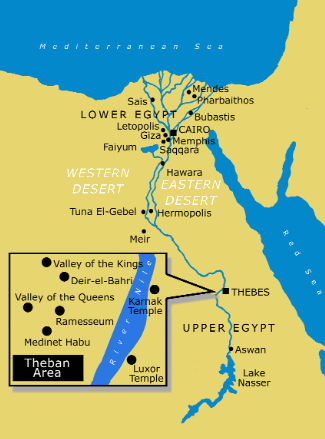


| | |||||||||||||||||||||
| Shabtis and Ancient Egypt | | ||||||||||||||||||||
| | |||||||||||||||||||||
| 2181 BC | 2040 | 1782 | 1570 | 1070 | 525 | 332 | 30 BC | | |||||||||||||
| | |||||||||||||||||||||
| | | ||||||||||||||||||||
| | |||||||||||||||||||||
| Death and the obsessive preoccupation with life thereafter provided Egypt with one of its greatest industries. The manufacture of funerary statuettes was a small but nonetheless essential part of it. They are usually small mummy-shaped figures with the more important ones invariably inscribed with the titles and names, sometimes including the parentage, of the persons who had them made as part of his or her funerary equipment. cum facial free shot teen The statuettes vary in height from just a few centimetres to larger statuettes nearly 60 cm. tall but the majority are between 10 and 20 cm. They were called shabtis, shawabtis or ushebtis, depending on when they were made. However, for simplicity’s sake they are more generally known as shabtis. Their use and production had a very long time-span of around 2000 years; they probably evolved from miniature figures placed in coffins in the First Intermediate Period (2181-2040 BC), and continued in use until the end of the Ptolemaic Period (332-30 BC). Because of the sheer number produced during those years they are among the most numerous of Egyptian antiquities. Every museum with an Egyptian collection has shabtis both on display as well as in reserve collections too. Cairo Museum has in excess of 40,000 shabtis. Shabtis were made of stone (limestone, sandstone, schist, alabaster, serpentine, granite, greywacke and steatite), glass, bronze, wood (tamarisk, sycamore, acacia, ebony and perhaps persea), pottery (including sun-baked clay), wax, and most commonly faience. Glass and wax shabtis are extremely rare, with only a handful of examples known. Bronze is also uncommon. Shabtis are generally considered to have been made in workshops attached to temples and palaces although there may well have been private workshops too. Important private persons, both male and female, as well as royalty, included shabtis among their burial equipment. | | ||||||||||||||||||||
 | | ||||||||||||||||||||
| | |||||||||||||||||||||
| | | | | | | | | | | | | | | | | | | | | | |